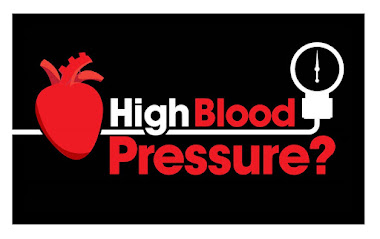Web application security is a critical concern for PHP programmers, and it's important to be well-versed in security practices to ensure that web applications are secure. In this article, we'll explore some best practices and techniques for web application security that PHP programmers should be aware of.
1-Secure Coding Practices
Secure coding practices are essential for web application security. PHP programmers should follow secure coding practices such as input validation, output encoding, and parameterized queries to prevent common web application attacks such as SQL injection, cross-site scripting (XSS), and cross-site request forgery (CSRF).
Input validation involves checking user input for errors and verifying that it meets specific criteria before processing it. Output encoding involves encoding user input before displaying it to prevent XSS attacks. Parameterized queries involve using placeholders in SQL queries to prevent SQL injection attacks.
2-Encryption
Encryption is another essential component of web application security. PHP programmers should use encryption to protect sensitive data such as user passwords, credit card numbers, and other confidential information. Encryption techniques such as SSL/TLS, hashing, and symmetric key encryption can be used to protect data in transit and at rest.
SSL/TLS (Secure Socket Layer/Transport Layer Security) is a protocol that encrypts data in transit between the web server and client. Hashing involves converting plaintext data into a fixed-length string that cannot be reversed, making it ideal for storing passwords. Symmetric key encryption involves using the same key for encryption and decryption and is useful for protecting data at rest.
3-Authentication
Authentication is the process of verifying the identity of users accessing a web application. PHP programmers should implement strong authentication mechanisms such as two-factor authentication (2FA), password policies, and session management to prevent unauthorized access to web applications.
2FA involves requiring users to provide a second form of authentication in addition to their password, such as a code sent to their mobile phone. Password policies involve enforcing rules for password complexity and expiration to prevent weak and easily guessable passwords. Session management involves controlling user access to web application resources and maintaining user sessions securely.
In conclusion, web application security is critical for PHP programmers, and they need to be well-versed in security practices such as secure coding practices, encryption, and authentication to ensure that web applications are secure. By following best practices and implementing strong security measures, PHP programmers can protect web applications from common attacks and safeguard sensitive data.














